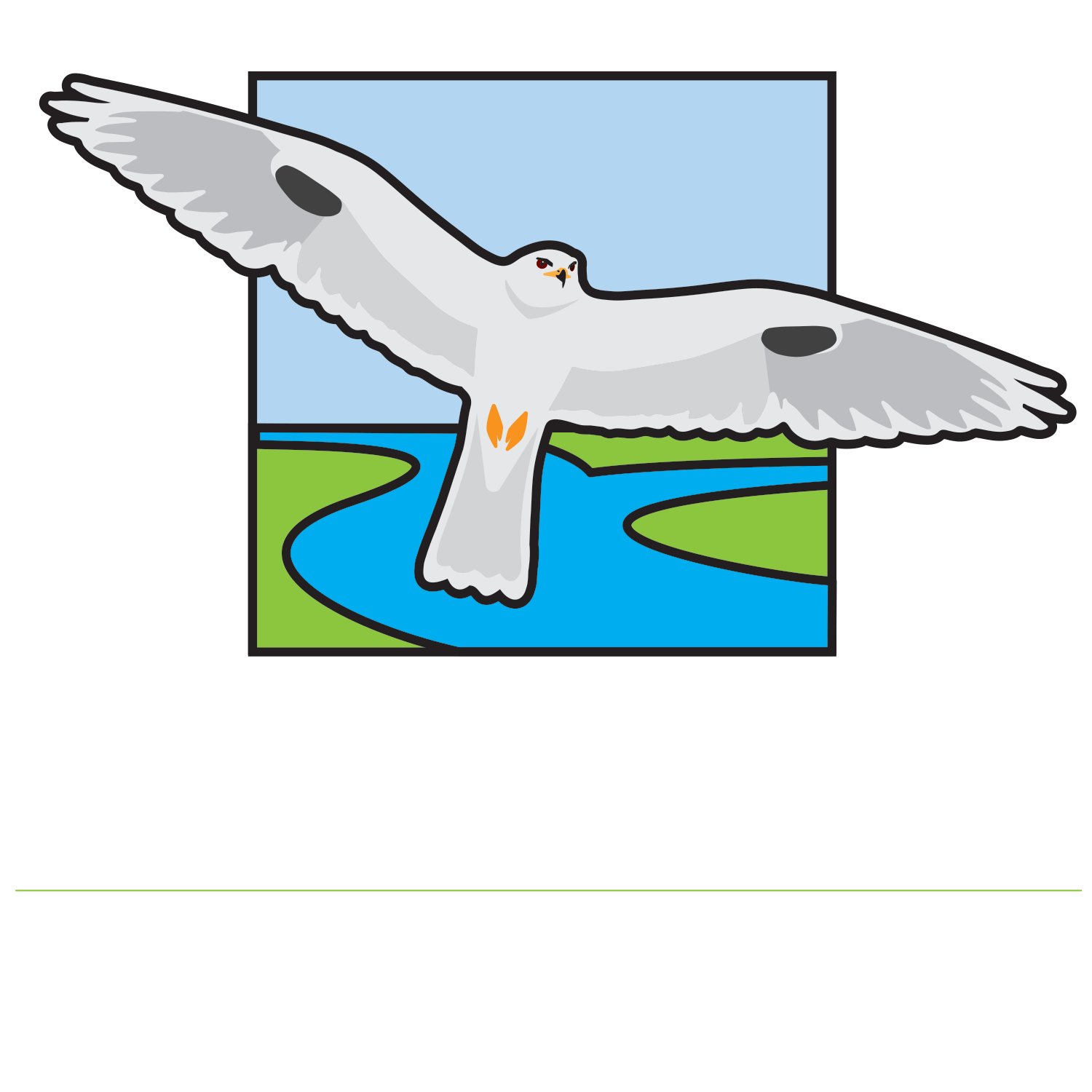June can be a challenging month for birding in the Central Valley. It has the lowest species diversity of any month, with migrants and wintering birds leaving us by May, and many not returning until August, September, or later. By the last week of the month, the first of the southbound shorebirds begin to arrive, but real shorebirding doesn't pick up until July. Odd things can turn up, though few did this June. One might be tempted to say June is a quiet month, but that's not quite true. In lusher areas, bird song is quite evident. It is one of the most important times for our local nesting birds as many wrap up their breeding efforts, with some carryover into July. The effects of the record flooding this year persisted, with melt water from the heavy snow pack keeping rivers high, and leaving some sites in the low floodplain partially flooded through the first half of June and beyond.
Least Bitterns continued to be found on surveys at the western tip of Sherman Island, but weren't reported elsewhere in the region. The Yellow-crowned Night-Heron seen for one day in May (5/11) in Natomas was found at the nearby North Natomas Regional Park on 6/11 (eBird Checklist S141308493) among a huge nesting colony of Black-crowned Night-Herons, Snowy Egrets (eBird Checklist S141566212), and Cattle Egrets numbering well over 500 total ardeids. It was only a little easier to find than a needle in a haystack, but was reported sporadically into early July. There was no sign reported that it was paired with another night-heron. Aside from one site in Yolo County and a few reports south of Dixon, Burrowing Owls were absent from the region this June. In just the past ten years, this species has gone from uncommon but regular as a summer resident to almost completely absent--quite shocking! We do expect an influx of wintering owls by October. Now to a regionally increasing bird, Peregrine Falcons once again nested at the UC Davis Med Center, producing four young this year.
With multiple wintering Townsend's Solitaires in the Valley earlier this year, perhaps one found on 6/9 at Stone Lakes NWR is a little less surprising than it otherwise would have been. For the first time in more than two decades, Grasshopper Sparrows were unreported from their usual haunts in eastern Sacramento County. On 6/9, up to three Yellow-breasted Chats were singing near Fishing Access #1 (eBird Checklist S141035315) in the Putah Creek canyon, upstream from Winters; a chat was also singing at Cosumnes River Preserve (CRP) on 6/21 near where one had been found on 5/30. A heard-only American Redstart was reported near Fishing Access #1 in the Putah Creek canyon on 6/13, and three to four Yellow Warblers were on territory near the Accidental Forest at CRP continuing the local recolonization in the past few years of this small portion of the Central Valley.
The Sacramento Area is roughly defined as lying between Hwy 20 to the north, Hwy 12 to the south, and the 1000-foot contour to the east and west, plus all of Sacramento and Yolo counties. Many reports first appeared on the Central Valley Bird Club listserv (groups.io/g/centralvalleybirds) and in eBird (ebird.org). It is impossible to list everyone, but we thank the following for their reports: Steve Abbott, Dan Airola, Lyann Comrack, Justin Dunbar, Andy Engilis, Jr., Gil Ewing, Frank Fabbro, Joshua Greenfield, Ed Harper, Cliff Hawley, Mackenzie Hollender, Jim Holmes, Stanton Hunter, Jeri Langham, Andrew Lee, Mark Martucci, Michael Perrone, Zane Pickus, Tom Pritchard, Steve Scott, Kevin Thomas, John Trochet, Kevin White, and Bart Wickel. Thanks to everyone for their reports--without them, this column would not be possible.
